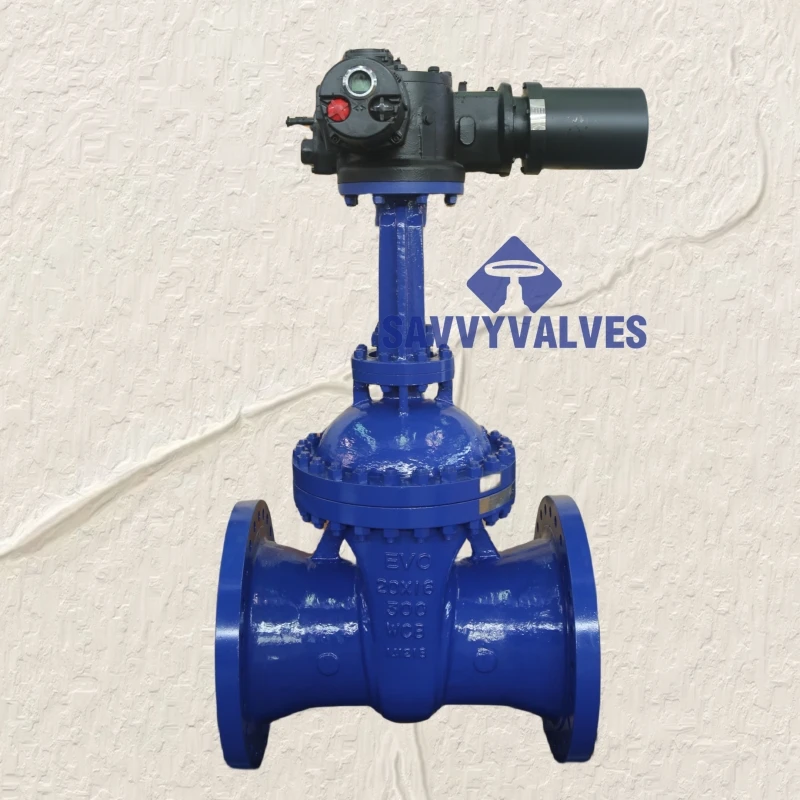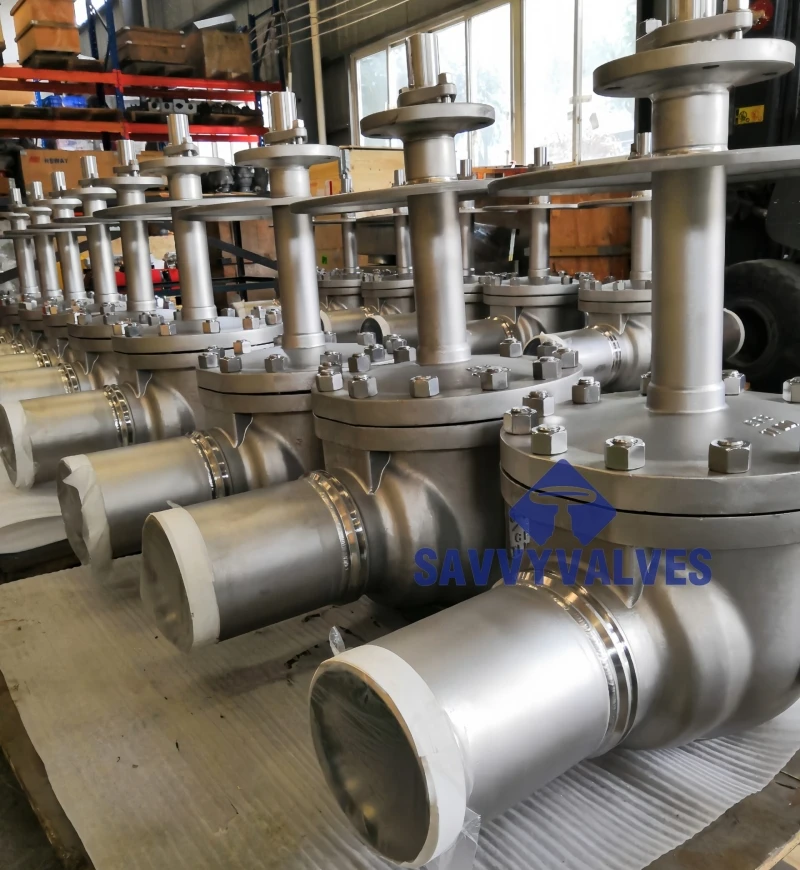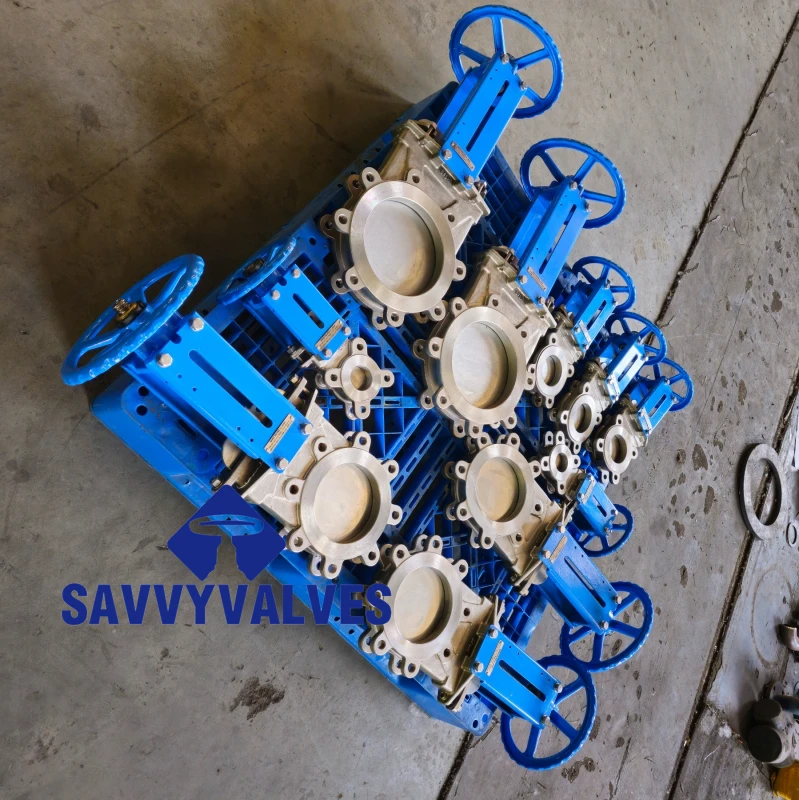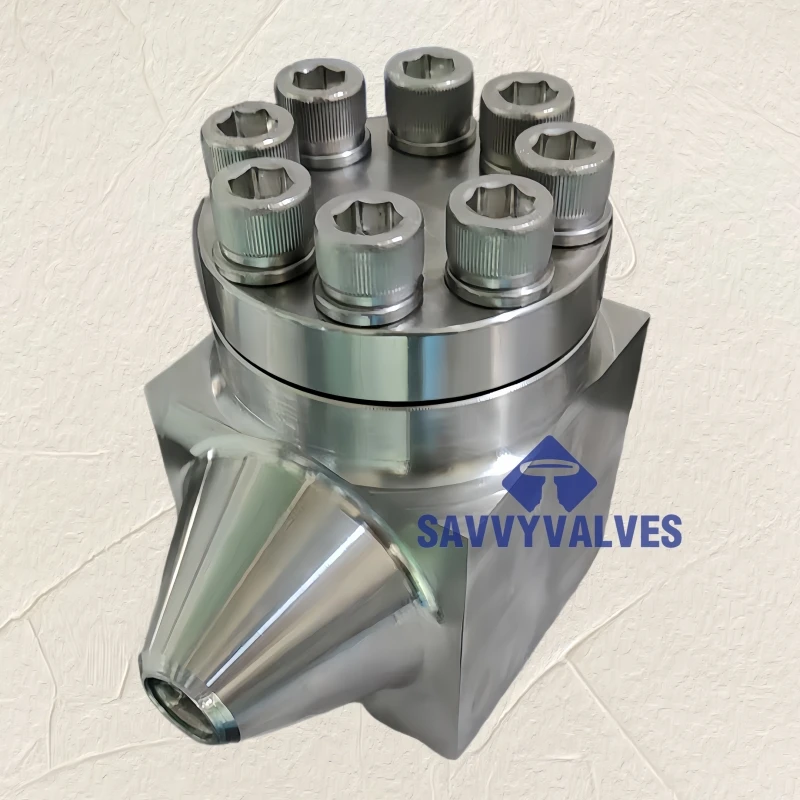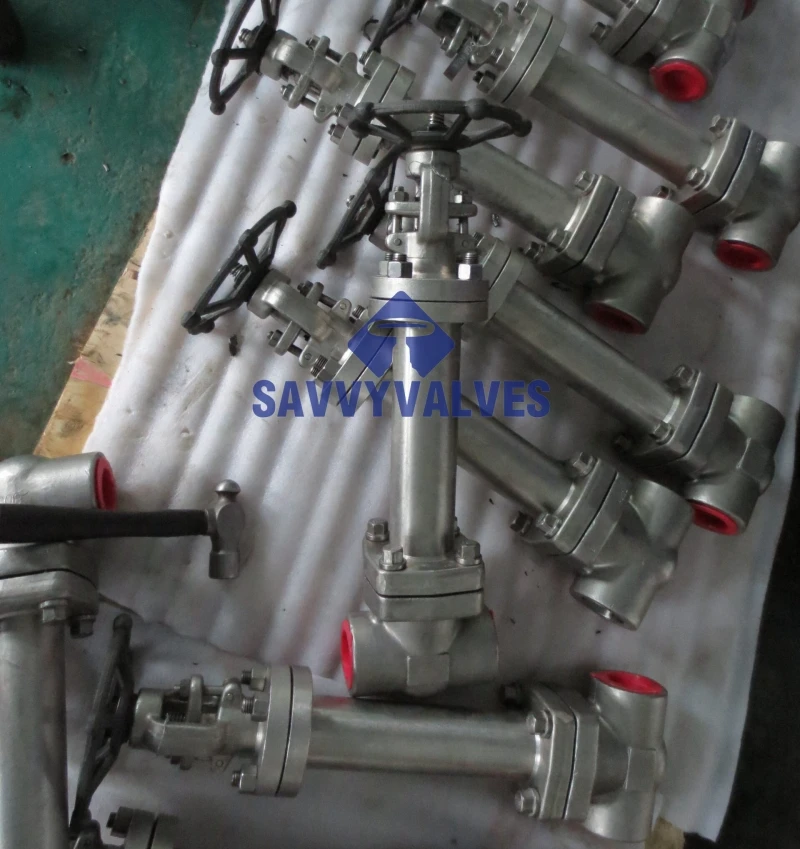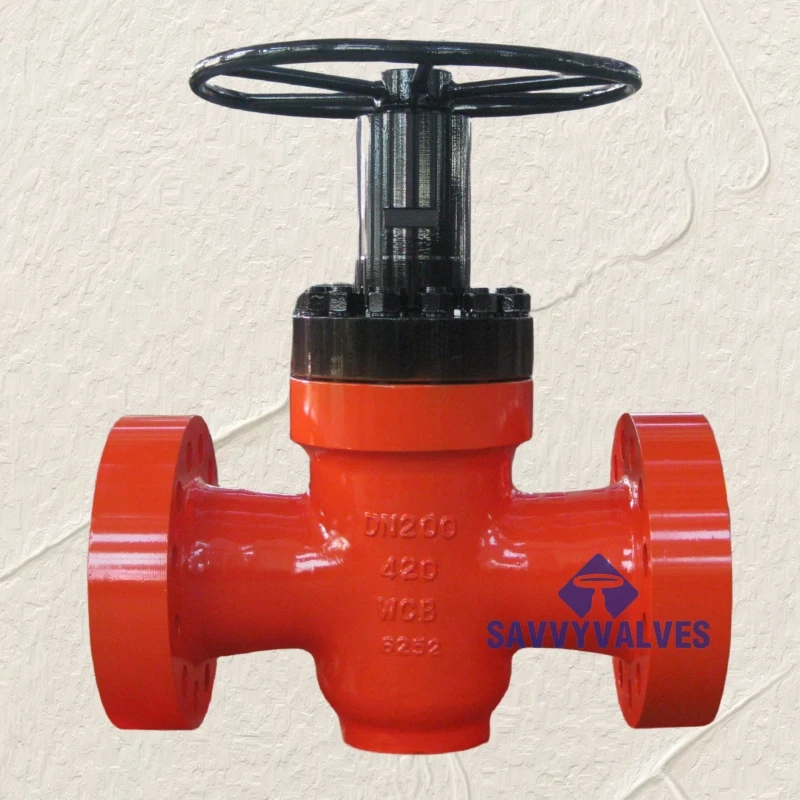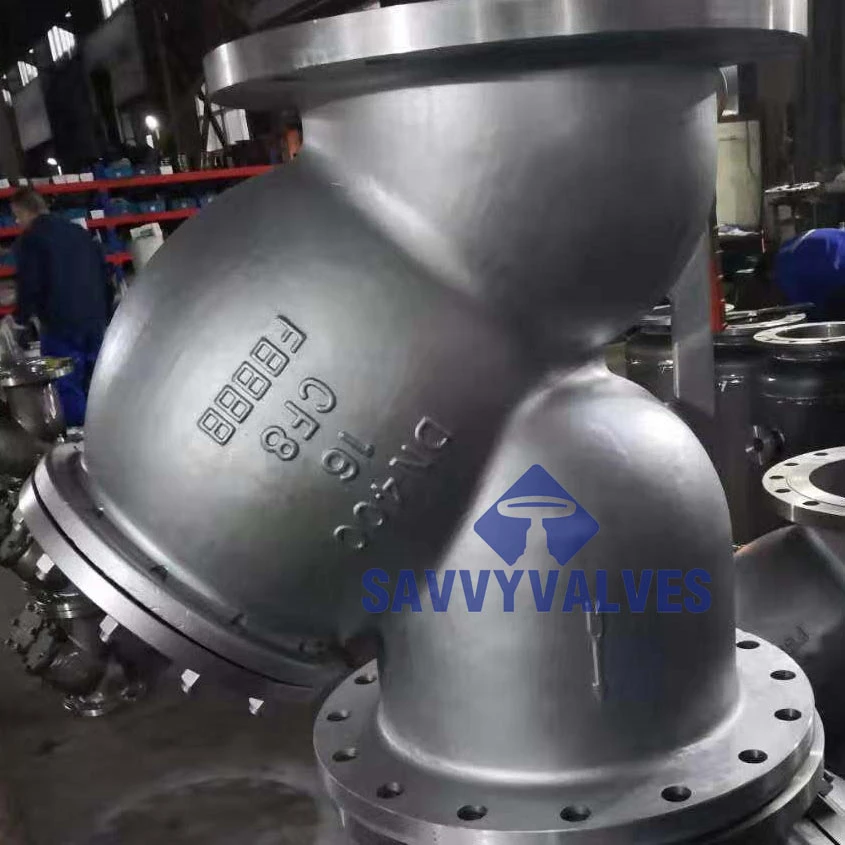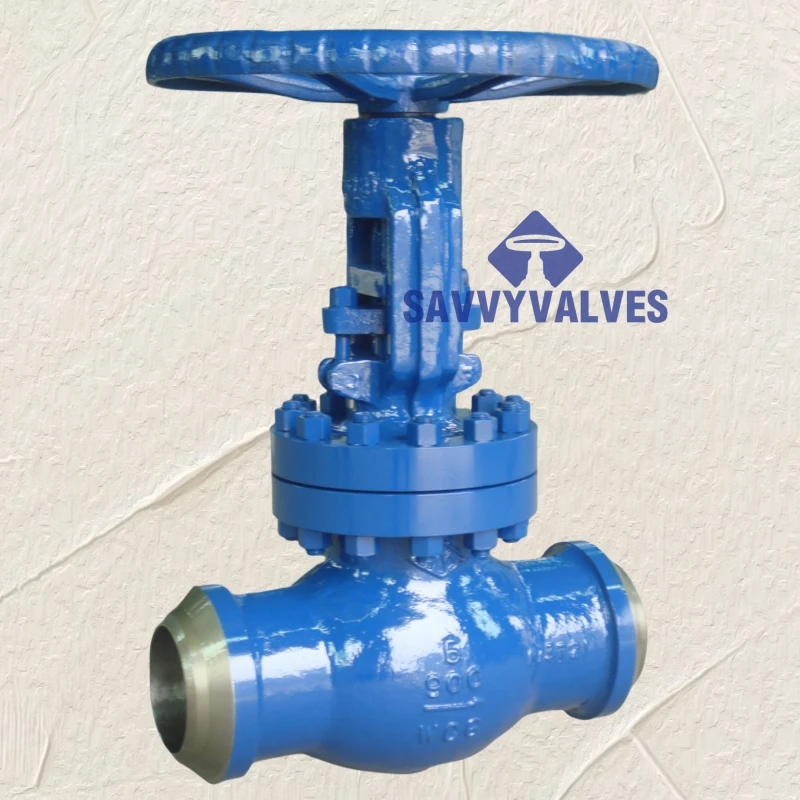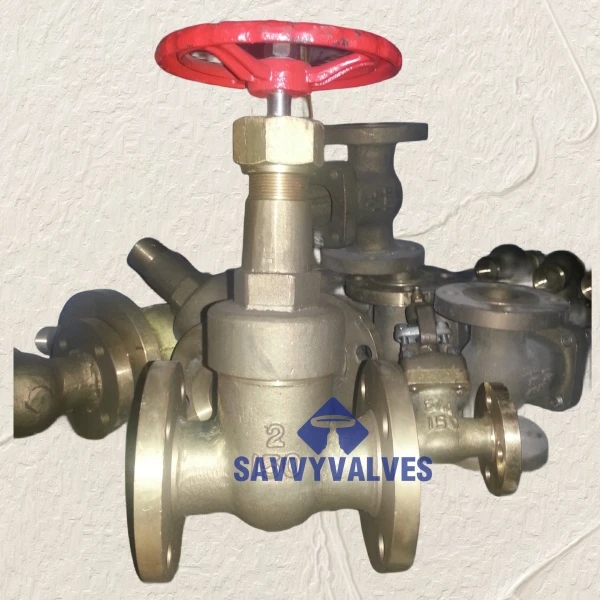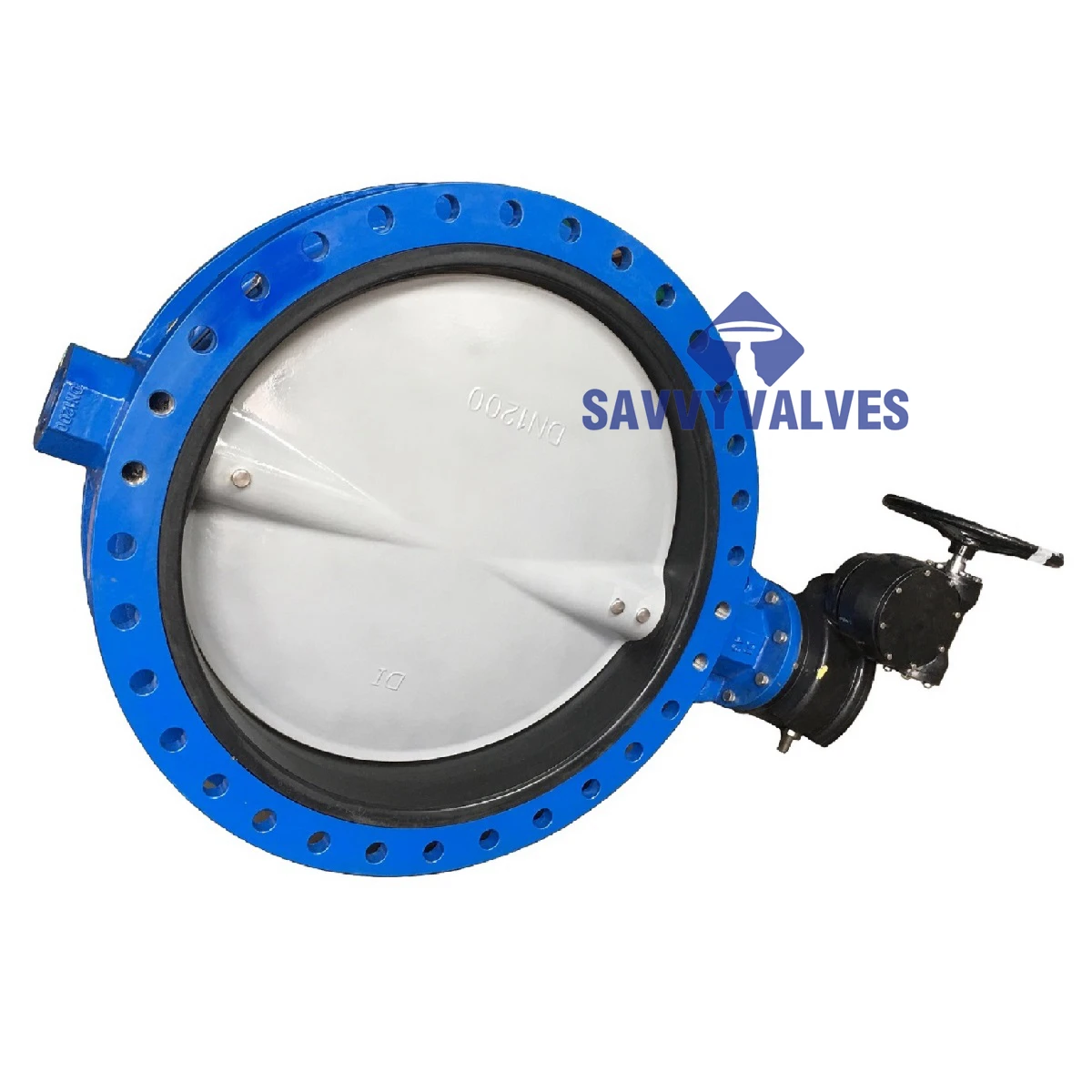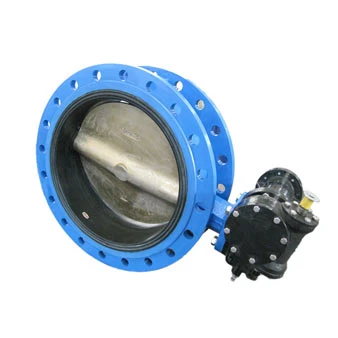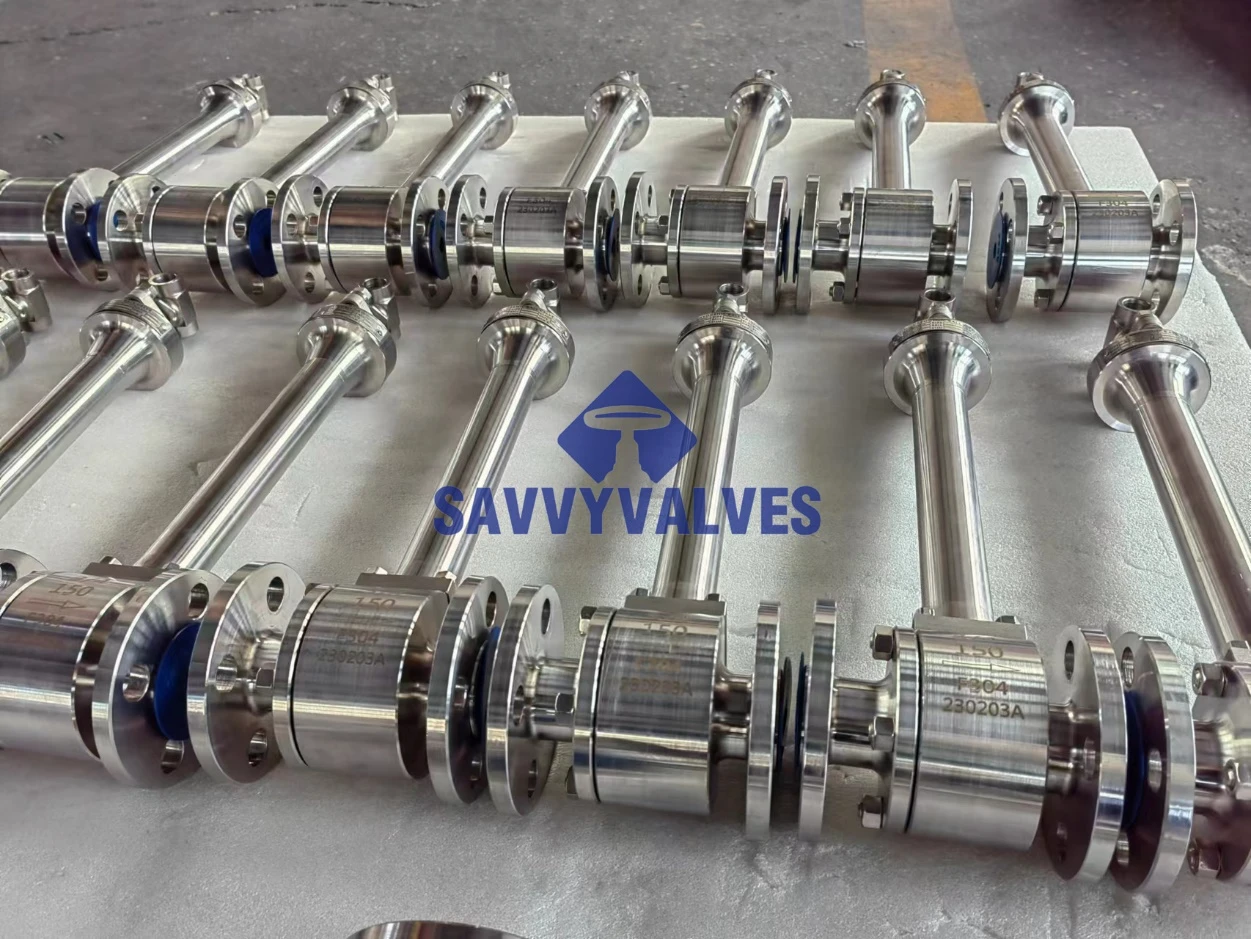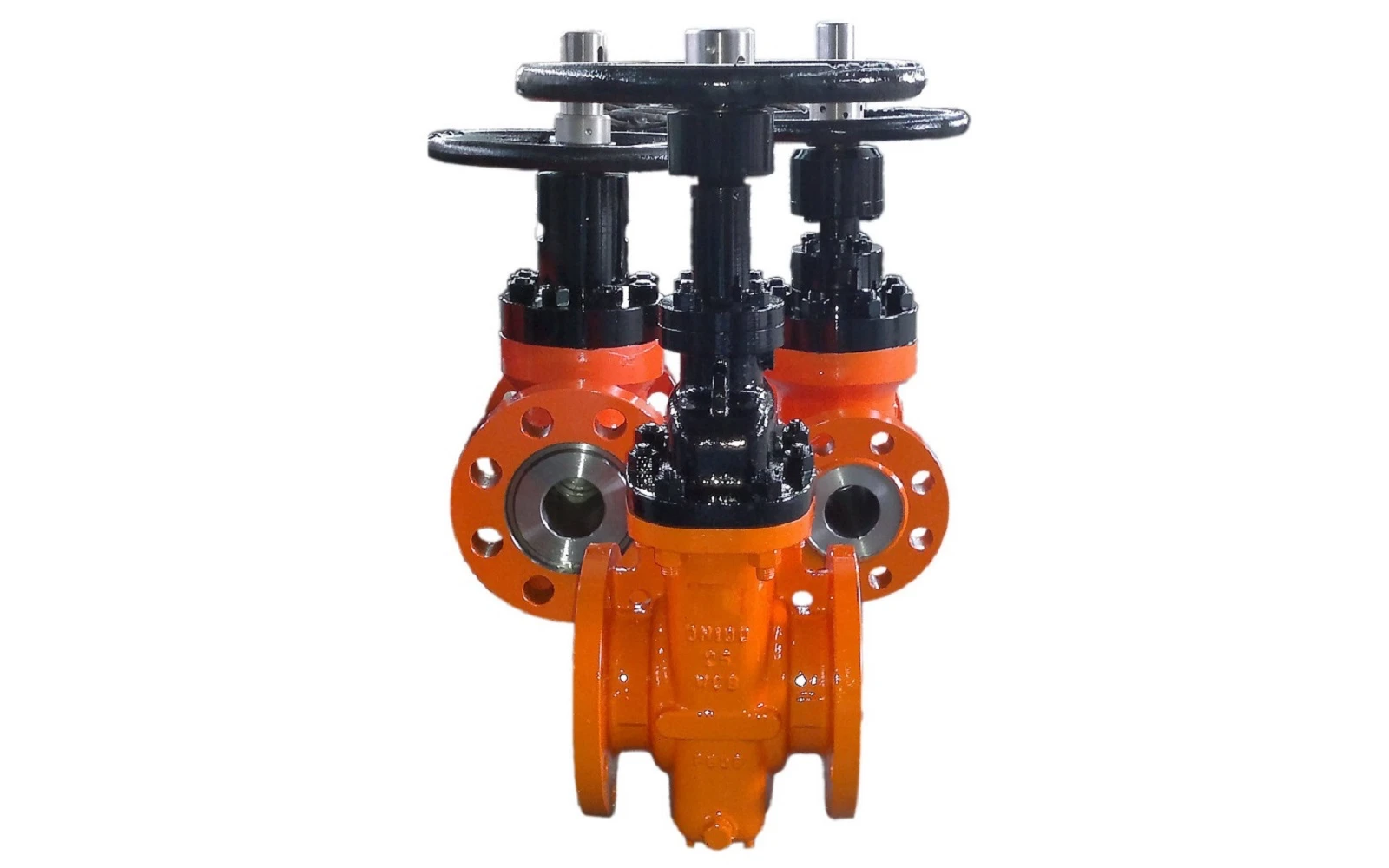- Fundamentals of Globe Valve Flange Designs and System Integration
- Performance Benchmarking: Pressure and Flow Data Analysis
- Technical Specifications Comparison Across Major Manufacturers
- Customized Flange Solutions for Special Industry Requirements
- Globe Valve Applications in Energy and Industrial Sectors
- Pricing Variables for Flange-Type Ball and Globe Valves
- Strategic Selection Criteria for Globe Valve Flange Types
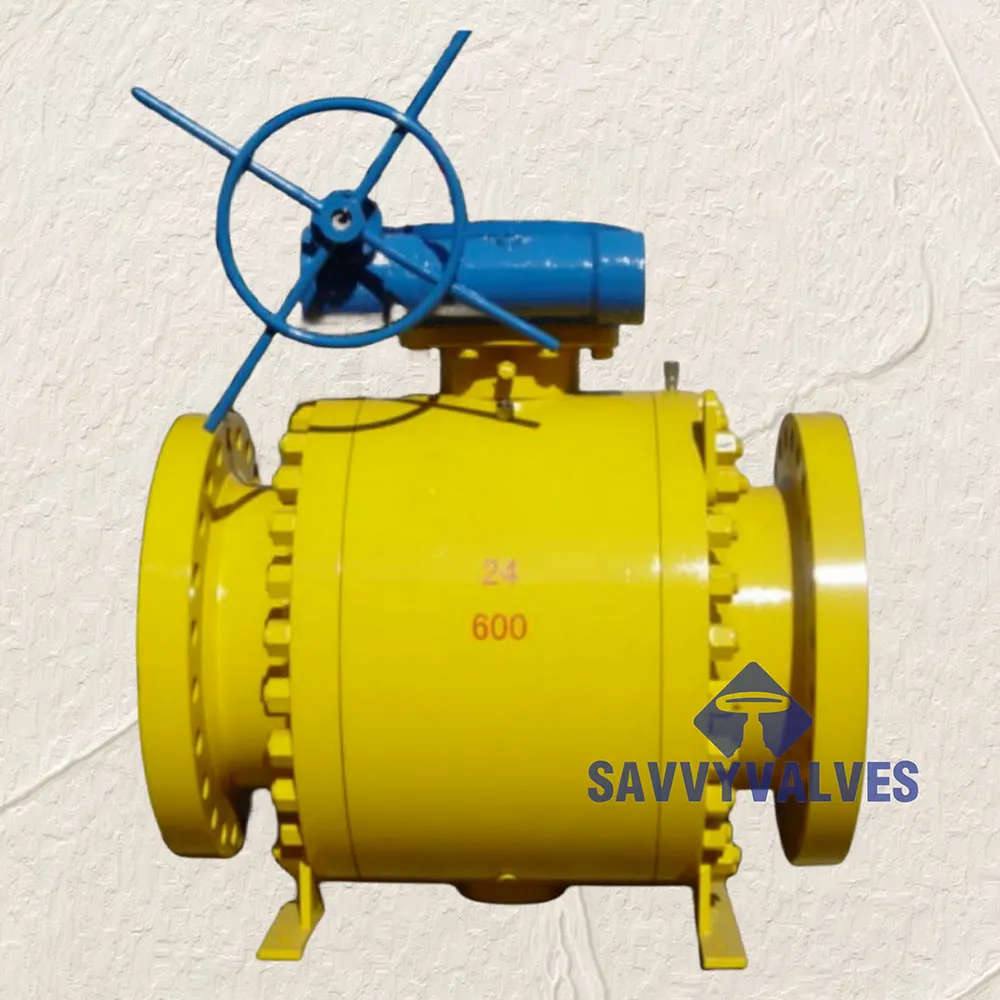
(globe valve flange type)
Understanding Globe Valve Flange Types for Maximum Operational Integrity
Flange type globe valves serve as critical flow control components where precise throttling and leak-tight sealing are paramount. These quarter-turn valves feature bolted flange connections conforming to ASME B16.5 standards in pressure classes ranging from 150 to 2500. The three primary flange configurations - raised face (RF), ring-type joint (RTJ), and flat face (FF) - each deliver distinct performance advantages:
RF flanges remain the industry standard for pressures up to 900 psi, providing reliable metal-to-metal contact with graphite gaskets. RTJ variants utilize grooved flanges and oval or octagonal rings for ultra-high pressure applications exceeding ASME 1500 class ratings. When handling viscous media like heavy crude or slurry flows, the full-face gasket coverage of FF flanges prevents particle entrapment that could compromise sealing integrity.
Technical Advantages and Performance Metrics
Modern flange type globe valves demonstrate quantifiable improvements over threaded or welded alternatives. Third-party flow coefficient (Cv) testing reveals optimized port designs achieve 20-35% higher flow capacity versus standard globe valves. Pressure drop across RF-flanged models consistently measures below 2.3psi at turbulent flow velocities of 15ft/s according to API 598 verification protocols. Beyond flow dynamics, enhanced durability characteristics include:
- Cryogenic temperature performance down to -320°F with extended bonnet designs
- Fugitive emission compliance with ISO 15848-1 Class BH certification
- Cyclic fatigue resistance exceeding 50,000 full-pressure cycles
- Actuation response times under 1.8 seconds for emergency shutdown systems
Manufacturer Comparison Analysis
| Manufacturer | Max Pressure (PSI) | Temp Range (°F) | Material Grades | Lead Time (Weeks) |
|---|---|---|---|---|
| Emerson | 2,500 | -425 to 1200 | 10 | 10-12 |
| Flowserve | 2,200 | -325 to 1100 | 8 | 8-10 |
| Spirax Sarco | 1,480 | -50 to 850 | 7 | 6-8 |
| Kitz Group | 1,000 | -20 to 750 | 5 | 4-6 |
Material innovations like duplex stainless steel trim packages extend service life by 60% in abrasive services compared to standard 316SS. Emerson's proprietary Navigator series demonstrates 97.8% mean-time-between-failure in refinery applications according to ISO 14224 operational data.
Customized Flange Integration Solutions
Specialized flange designs resolve installation challenges across unique operating environments. For chemical processing plants handling HF acid, monel-clad flange faces with nickel alloy gaskets prevent chloride stress corrosion cracking. Offshore drilling platforms increasingly adopt compact flange designs (CFD) that reduce dimensional footprint by 40% while maintaining 10K psi pressure ratings.
Critical custom modifications include:
1. Cryogenic extension bonnets for LNG applications (-269°C)
2. Fire-safe API 607 certified assemblies with graphite seals
3. Sanitary tri-clamp connections meeting 3-A 70-03 standards
4. Reverse flange orientation for confined space installations
Industry Implementation Case Studies
In the Trans-Anatolian Pipeline, RTJ-flanged globe valves with 48-inch Class 1500 bodies regulate gas flow at 1,500psi operating pressure. These valves incorporate erosion-resistant tungsten carbide trim, reducing maintenance frequency by 18 months versus standard designs. Power generation facilities report 99.2% operational availability when implementing dual-seal bellows designs in supercritical steam applications above 1000°F.
A recent refinery expansion project demonstrated how CF8M stainless steel globe valves with RF flanges:
- Achieved zero leakage during hydrotesting at 1.5x MAWP
- Reduced installation time by 35% through pre-aligned bolt holes
- Lowered maintenance costs by $42K annually through optimized flow control
Pricing Structures and Economic Factors
Flange type globe valve pricing follows exponential curves based on pressure class and material specifications. While Class 150 carbon steel valves start around $850, alloy C276 valves at Class 2500 reach $28,000+. Ball valve alternatives carry 20-30% price premiums but offer lower pressure drop. Primary cost variables include:
- Material composition: 316SS adds 40% premium over carbon steel
- Pressure class: Each increment (150→300→600) increases cost 35-60%
- Special trim: Stellite hard-facing adds $1,200-$5,000 per valve
- Compliance certifications: NACE MR0175 adds 12-15% to base cost
Optimal Globe Valve Flange Type Selection Protocol
Selecting appropriate globe valve flange configurations requires systematic evaluation of operational parameters. Start by determining the required ASME pressure class using maximum operating pressure multiplied by 1.5 safety factor. For hydrocarbon services exceeding 650°F, specify RTJ flanges with spiral-wound gaskets incorporating flexible graphite filler.
Critical decision factors include:
1. Media Characteristics: Corrosive/abrasive fluids demand hardened trim and alloy overlays
2. Thermal Profile: Temperature cycling >100°F/hour requires flexible graphite gaskets
3. Space Constraints: Compact flanges reduce weight by 30% in offshore installations
4. Lifecycle Cost: Fugitive-emission designs yield 5-year ROI in regulated industries
When evaluating flange type globe valves against ball valve alternatives, prioritize globe designs for throttling operations requiring precise flow control above 15% open position. The oblique seat design inherently provides superior flow modulation despite marginally higher pressure drop characteristics.
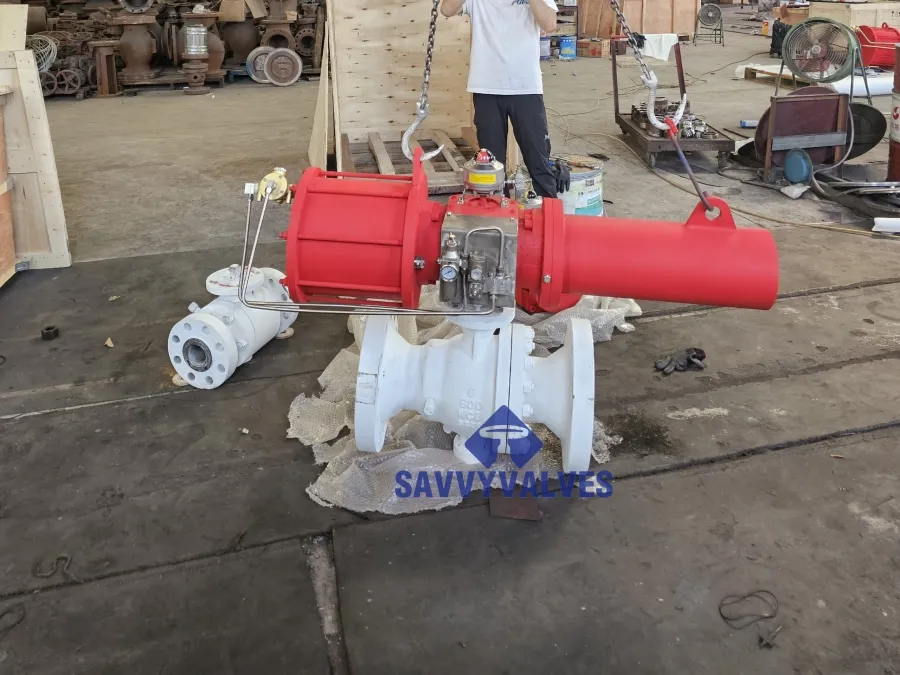
(globe valve flange type)

